Tusqh: Topological Control of Volume-Fraction Meshes Near Small Features and Dirty Geometry
Please login to view abstract download link
We present a framework for predicting and controlling the homology of meshes. Output mesh topology may be different from the input geometry topology, and, indeed, this is desirable when the geometry contains small features, is not water-tight, or otherwise does not represent the domain that the user wishes to model. We present the user with the range of possible output homologies, depending on algorithm parameters. The user may then adapt the mesh by tuning the parameters to produce the desired topology. This is accomplished by coupling background grids, persistent homology, winding numbers for inside-out queries, a generalization of volume fractions, and anti-aliasing algorithms. Our software, Tusqh, is open source. The most useful tunable algorithmic parameter is the volume-fraction threshold that controls whether a background cell is included in the output mesh. For a mesh with fixed grid size, the topology of the output mesh changes predictably and monotonically with its volume-fraction threshold. A second parameter is the background grid size, which is less useful than we hoped. Although subdividing the background grid frequently improves topological and geometrical fidelity, we provide simple 2D examples where the topology does not converge under refinement for volume-fraction codes. Aliasing is the phenomena that domain orientation and relative grid size create inconsistencies and undesirable artifacts in the output, as is well-known in computer graphics rendering. We introduce topological anti-aliasing methods that resolve pinch points and disconnected regions. Our algorithm mitigates aliasing, but does not eliminate it, as we show that for any set of parameter choices there exists inputs where aliasing will occur somewhere in the domain. The methodology is demonstrated on geographical, mechanical, and graphical models in 2D and 3D. The framework is viable for producing analysis meshes even when the input is topologically invalid and requires defeaturing. The methodology is built on the concepts of Sculpt, a mature 3D volume-fraction mesher. Sculpt, Tetwild, and Morph can all produce meshes with a predictable level of geometric fidelity from dirty geometry. For clean geometry, many meshing algorithms reproduce the input topology exactly when the mesh size is smaller than the local feature size. To our knowledge Tusqh is the first software to explicitly measure and control topological fidelity for coarse meshing of dirty geometry.

